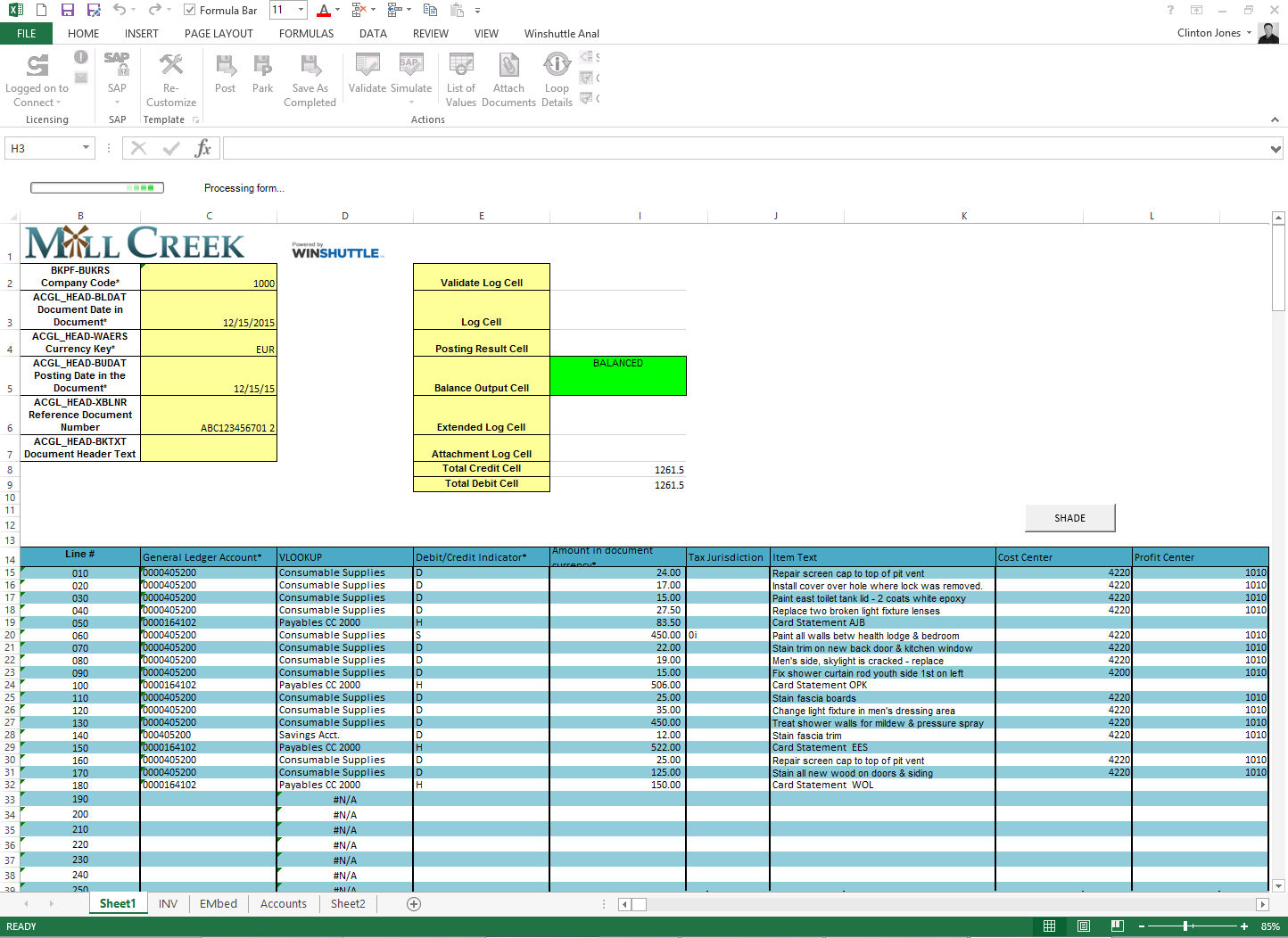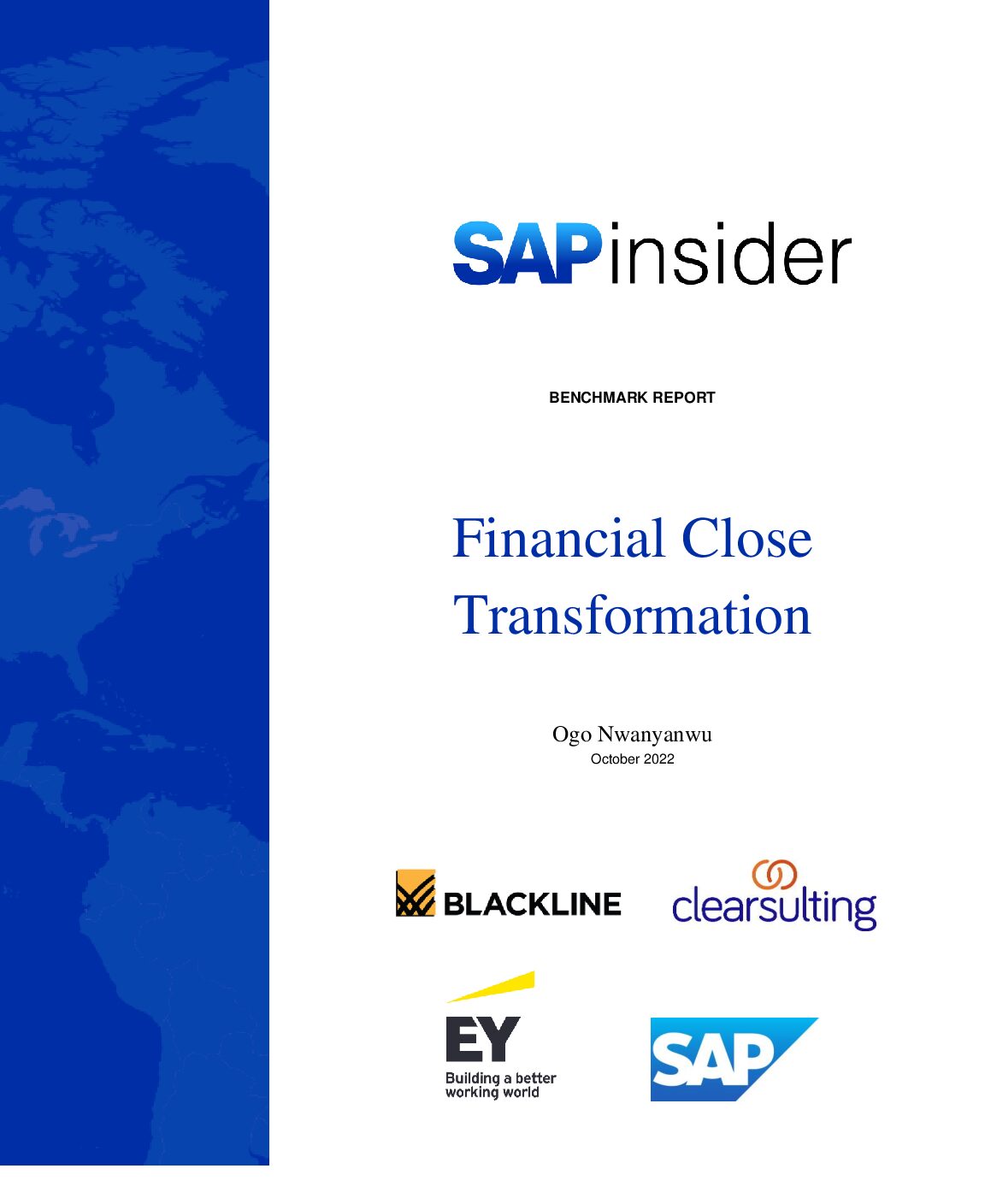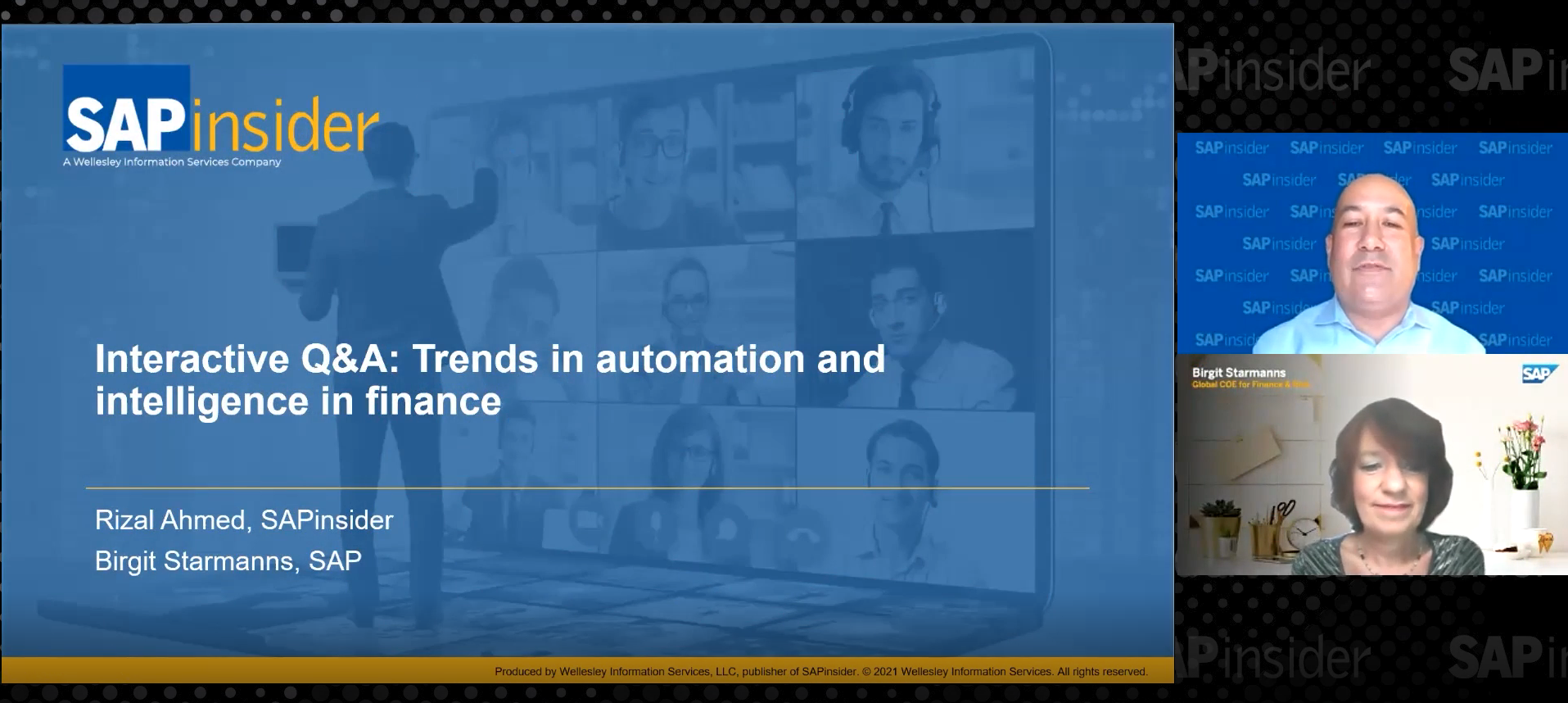Align the Books with the Business
Reduce Errors and Improve Efficiency in Your Manual Journal Entry Process
Manual journal entry (MJE) requests are a standard part of every business, and, as a result, enterprises of all types have cobbled together a variety of processes and technology to handle them. However, whether it’s because of the risk of bad data, third-party tools and home-grown macros that don’t integrate, or outdated or inefficient solutions that compromise the user experience, organizations face various problems that make the MJE process cumbersome and fraught with risk.
The MJE process is necessary for aligning the book of record with the business, so it’s essential that companies ensure the process is running smoothly and without error. When processes are not integrating well, or the results of business activities are ambiguous or have errors from manual entry, the ability to make critical corrections is compromised. The solution is to ensure processes and technology are working together so that errors are minimized and MJE requests can be of the high quality that is expected.
When processes are not integrating well, or the results of business activities are ambiguous or have errors from manual entry, the ability to make critical corrections is compromised.
Improving MJE Process Efficiency
Companies use software to reduce errors and improve efficiency in the MJE process. Different types of solutions often alert users to errors in two different ways. Some, such as SAP GUI systems, identify errors when a user enters data, while others, such as third-party MJE upload tools for SAP environments, work asynchronously and only tell the user if something is wrong after submission. Many of these tools also do not support a pre-validation step against the configuration and master records in the SAP system, and home-grown, custom-built tools can create inefficiencies if the user experience is poor and results in a lot of rework from the user base.
The Precisely (formerly Winshuttle) platform provides a simplified user interface and allows users to add templates and implement auditable process governance (see Figure 1). Companies can also use workflows to manage the routing, approval, rejection, and automatic posting of MJEs to SAP systems. One of Precisely’s (formerly Winshuttle’s) global beverage customers elevated its first-time-correct MJEs from 88% with its legacy solution to 99% via the Precisely (formerly Winshuttle) platform.

Learn More
Aligning the books with the business doesn’t have to be difficult. With the aid of templates, tactically planned processes, and the proper technology, users can cut down on the inefficiencies and manual errors that can occur in the journal entry process. Visit precisely.com to learn more.






